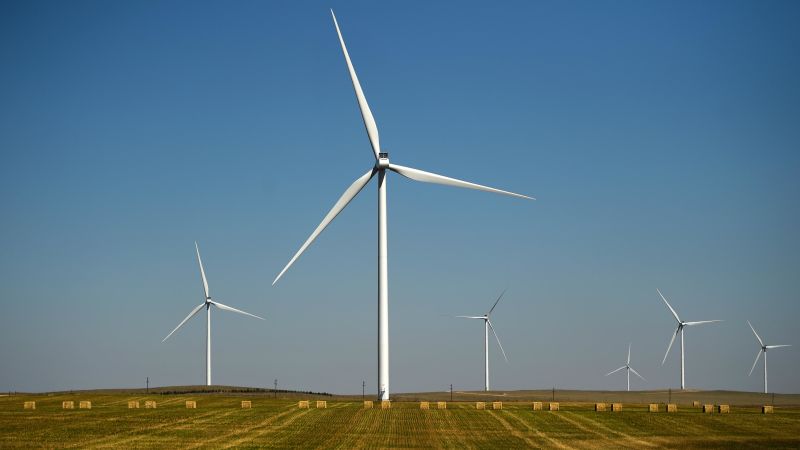Cheerful Charlie
Contributor

US wind energy just hit a major milestone | CNN Politics
The wind energy record came just a week before a critical UN report showed the world needs to switch to solar and wind for electricity to stave off the worst effects of the climate crisis.
...
(CNN)The United States set a major renewable energy milestone last Tuesday: wind power was the second-highest source of electricity for the first time since the Energy Information Administration began gathering the data.
As E&E reporter Ben Storrow noted and the EIA confirmed, wind turbines last Tuesday generated over 2,000 gigawatt-hours of electricity, edging out electricity generated by nuclear and coal (but still trailing behind natural gas).
...



